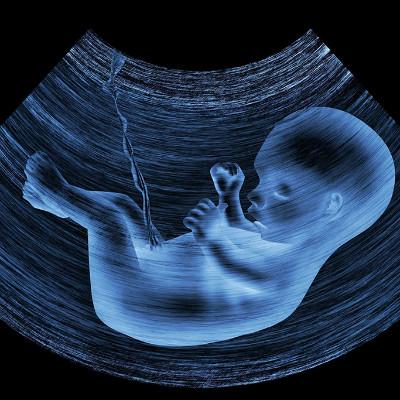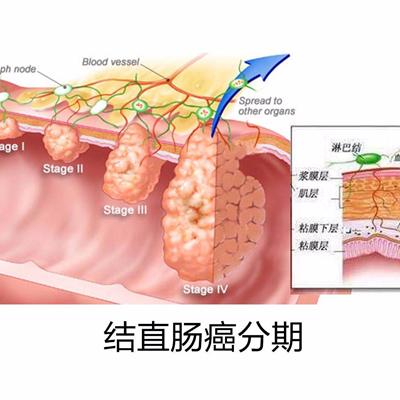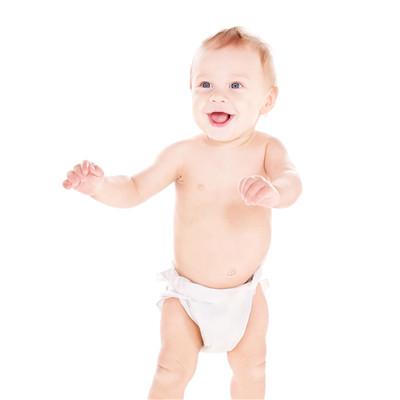Symptoms of pulmonary hypertension in children
summary
Generally speaking, the diseases found in newborn babies are all congenital diseases, so we must take them seriously. Today we want to understand the disease is pulmonary hypertension in children, this disease is a congenital disease, belongs to heart disease. It has a certain impact on the long-term development of children. So what are the symptoms of a child's illness? The main symptoms are as follows
Symptoms of pulmonary hypertension in children
In addition to the clinical symptoms of the original underlying diseases, the symptoms of pulmonary hypertension itself are nonspecific. In the early stage of pulmonary hypertension, the general symptoms are not obvious. Once clinical symptoms appear, it indicates that the disease is in the late stage. Patients with severe pulmonary hypertension are prone to fatigue and weakness due to decreased cardiac output, limited oxygen transport and tissue hypoxia, Cardiac output can't increase with exercise. The patient shows labor-induced dyspnea, syncope caused by sudden decrease of oxygen supply to brain tissue, arrhythmia, especially bradycardia, angina pectoris due to hypertrophy of right ventricle and relative insufficiency of myocardial blood supply, hoarseness if pulmonary artery dilation oppresses recurrent laryngeal nerve.
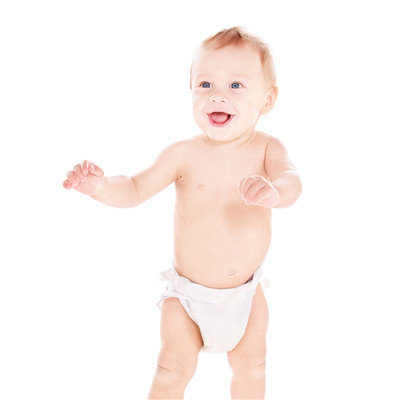
With the increase of pulmonary artery pressure, right atrioventricular enlargement and functional failure can be caused. The common signs are right ventricular lifting pulsation and pulmonary artery pulsation. Palpation can find the vibration of closing pulmonary valve area, and cardiac auscultation can find P2 hyperintensity, systolic ejection of pulmonary valve area and diastolic murmur caused by relative pulmonary insufficiency, Signs of right ventricular insufficiency, such as distention of jugular vein, enlargement of liver, hepatic jugular regurgitation, edema of both lower limbs, can also be found.
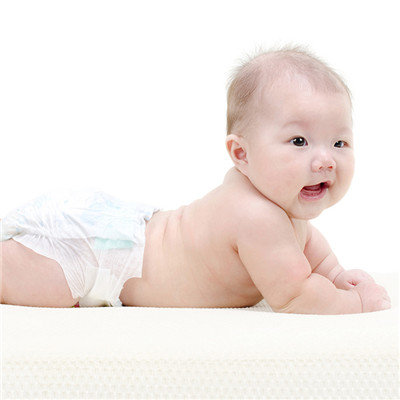
Most of the clinical symptoms of pulmonary hypertension occur in childhood, and more than 5 years after birth. Some of them also occur in infancy. They are characterized by feeding difficulties, poor growth and development, shortness of breath, and fatigue. The main symptoms of childhood are exercise-induced dyspnea, fainting during exercise, precordial pain, and decreased cardiac stroke volume, In the neonatal period, pulmonary hypertension can lead to venous blood flow from the right atrium to the left atrium through the foramen ovale, resulting in decreased arterial oxygen saturation and cyanosis in clinic. This is called continuous fetal blood circulation (PFC). Cardiac auscultation is mainly P2 hyperfunction, most of which have no murmur. Occasionally, systolic murmur is heard, which may be caused by tricuspid insufficiency, due to increased right ventricular ejection resistance, The clinical manifestations of congenital heart disease with left to right shunt depend on the nature of the lesion and the size of shunt. Small shunt is generally not easy to cause obvious hemodynamic abnormalities, normal pulmonary vascular resistance, and is not easy to develop pulmonary hypertension, Left to right shunt congenital heart disease with large shunt, especially infants with retrotricuspid shunt, often presents with respiratory tract infection, pneumonia and chronic heart failure. After 1 to 2 years old, the left to right shunt decreases due to the increase of pulmonary artery pressure, and the symptoms gradually relieve. In the next few years, there may be no obvious symptoms, and the symptoms of Eisenmenger syndrome slowly appear in childhood, After the performance of shortness of breath, decreased activity, growth retardation, cyanosis, mild clubbing fingers, at this time arterial oxygen saturation has decreased, physical examination found that the original murmur reduced, P2 significantly hyperfunction with a sense of closure, the left edge of the sternum between the second intercostal often hear II ~ III level ejection systolic murmur.
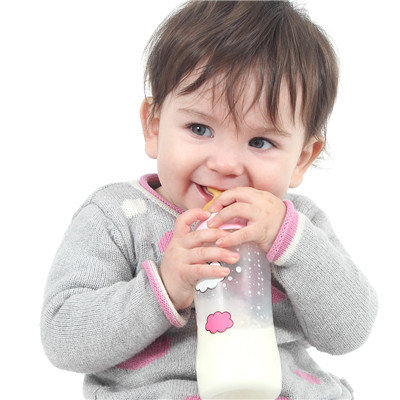
matters needing attention
The above is for you to introduce the clinical symptoms of pulmonary hypertension in children, through the article we understand that there are two types of pulmonary hypertension in children, secondary and primary. Once found that the child has symptoms of disease, to go to the hospital for examination and treatment in time, otherwise it will bring great harm to the child's body.



